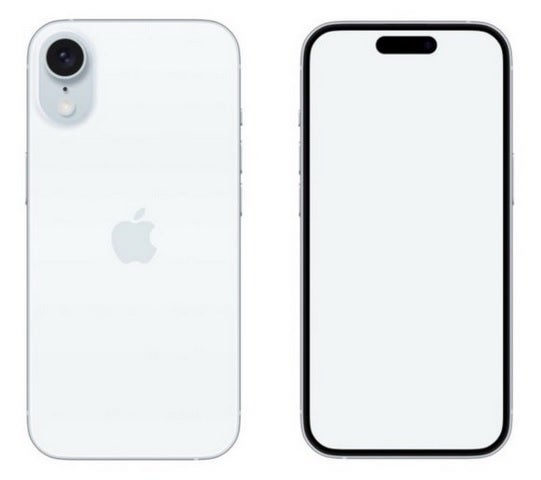Apple is expected to debut its in-house 5G modem chip with the iPhone SE 4

A render of the Apple iPhone SE 4 which could be the first iPhone to sport the company’s in-house 5G modem chip. | Image credit-PhoneArena
Because a bad modem will prevent users from receiving phone calls and notifications, Apple decided to first include its new 5G modem with the lower-priced iPhone SE 4. This way any issues that pop up won’t impact customers who paid big bucks for the more expensive, premium phones. There is something else that Apple had to consider. The in-house modem does not support high-band mmWave spectrum which delivers the fastest 10Gbps downlink data speeds.
The problem with mmWave spectrum is that the signals travel short distances making it almost impossible for wireless subscribers to find. Instead, the Sinope in-house modem supports sub 6-GHz airwaves which include the mid-band and C-band spectrum that most U.S. carriers favor. Qualcomm’s modem supports both mmWave and sub-6GHz spectrum.
Apple’s in-house modem also supports four carrier aggregation which combines bands from several carriers to increase the capacity of the network which in turn increases data speed. Qualcomm’s modem chip supports six-carrier aggregation or more.
Will Apple’s in-house 5G modem become more advanced than Qualcomm’s Snapdragon modem chip?
Anonymous sources who didn’t want to be identified because the project has not yet been announced by Apple say that the plan is for Apple’s 5G modem chip to become more technologically advanced than Qualcomm’s Snapdragon 5G modem by 2027. For now, some Apple employees are testing the in-house modem on devices given to them by the company. The speed of the first-gen Apple 5G modem will max out at 4Gbps which is slower than the max speeds available for Qualcomm’s non-mmWave modems. But since most phones don’t run at speeds near the maximum handled by these modems, this is not really a big deal.
On the other hand, Apple’s in-house modem will be integrated with the in-house application processors that power iPhone models. That will allow Apple’s modems to use less power, look for cell networks more efficiently, and offer better support for the iPhone’s satellite connectivity feature than the Snapdragon modem.

